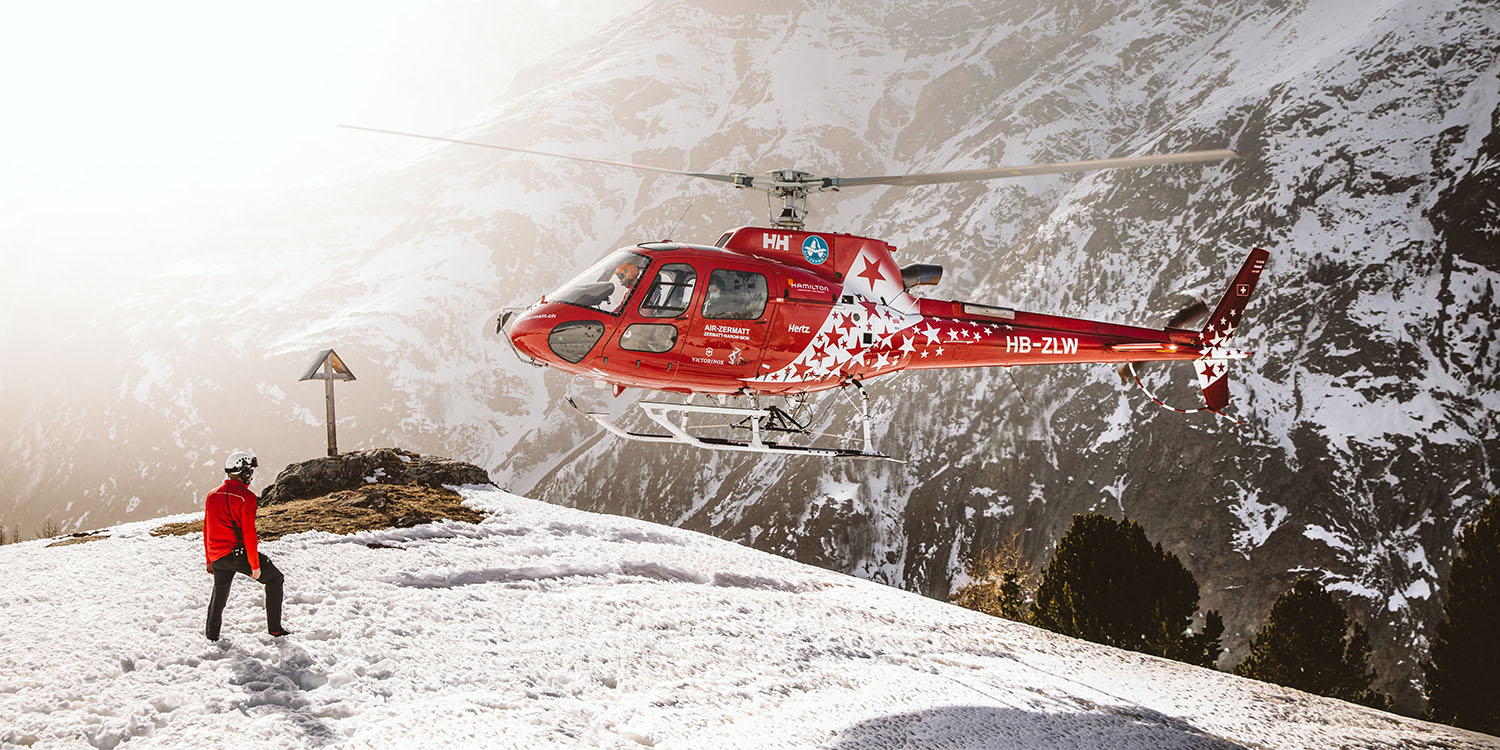
Apple’s Emergency SOS via Satellite service got a lot of time in the keynote, with the company proudly announcing that the service is free for the first two years.
What Apple hasn’t told us is what happens at the end of those two years. There’s one obvious answer, of course, but there are other possibilities …
A paid subscription
The most obvious answer is that we’re effectively being given a two-year free trial of a paid subscription service. We just don’t know yet how much that subscription will be.
We can, however, make an educated guess, by comparing to similar services offered by other companies. The most popular of these is Garmin’s InReach.
Garmin offers a choice of six different subscriptions, but three of them are aimed at companies buying service for multiple members of staff, and the two pricier consumer ones just include more non-emergency texts than the basic plan, so we really only need look at one of these:
- Consumer Safety: $14.95/month
Even this one offers more than Apple, as it includes unlimited check-in messages, as well as 10 non-emergency text messages per month. A check-in message is a simple way to let friends and family know where you are, and that you are safe. If you were climbing a mountain, for example, you might arrange to send check-in messages once an hour, so that they would know you might be in trouble if you miss any.
Given that Apple’s service is more basic than this – amounting to just emergency messages, and a FindMy location for family and friends – then we’d expect it to cost less. I’d say something like a third to a half of the InReach fee would reflect the difference in features, so that would give us an Apple fee of $5-10/month.
No subscription, but a usage fee
Another option which some have suggested is that Apple doesn’t charge a subscription, but charges a usage fee after the service has been used. I think there’s zero chance of this happening, but let’s quickly explain why.
As a commercial model, that’s a rubbish one for the business, as everyone would opt for that instead of a monthly fee, even if the usage fee were extremely high. Why would I pay $5-10 per month for a service I’m unlikely to ever use, if I knew I could still have it if I ever needed it? And if I do need it, then I won’t much care what that costs.
With these types of services, you’re effectively buying peace-of-mind. It’s no different from AppleCare+ or other insurance premium: the monthly fee is what you pay to be freed from worry.
Additionally, the usage fee would have to be extremely high to make up for the loss of subscription revenue. Like many thousands of dollars. Even though that’s less than the private helicopter rescue bills you might face after being plucked from the mountainside, it would be terrible PR for Apple to have rescued people complaining that Apple charged them a MacBook Pro’s worth of fee “just for passing on a few text messages.”
Included in Apple One
A far more likely option is that Apple includes the service within Apple One.
The company is clearly doing its best to encourage customers to sign up for a bundle of Apple subscriptions, and this would be a distinct added incentive to do so.
It might persuade people like me, for example. I currently pay separately for Apple Music and 2TB iCloud storage because that’s significantly cheaper than the only Apple One bundle to include the latter. But maybe I’d bump up my Apple Music standalone subscription to Apple One Individual if it included Emergency SOS via Satellite.
Free, for the PR value
A final possibility is that Apple just eats the cost, for the positive PR the service generates. Just yesterday, we saw a great example of this. A car plunged off a ravine, Crash Detection detected it, and Emergency SOS via Satellite enabled a rescue helicopter to be sent to the scene. You couldn’t have written a better ad for the iPhone 14 if you tried.
Apple clearly intended to charge for the service when it drew up its plans, otherwise it wouldn’t have said that it was included only for the first two years, but if we get a regular flood of feel-good stories like that one, perhaps the company will change its mind and keep the service free.
Which is most likely?
Of the four possibilities I’ve outlined for the Emergency SOS via Satellite service, I’d immediately eliminate the usage fee for the reasons explained. That leaves us with:
- A paid subscription of $5-10/month
- Inclusion within Apple One
- Free, for the PR value
I could honestly see any one of these as a realistic prospect, including both one and two.
Top comment by Doug
I'm a bit confused how an hourly ping is substantially more than the regular location updates of FindMy? Regardless, it seems unlikely Apple will charge anything even close to $15/month. This is one place where it might just be impossible from a marketing standpoint for apple to monetize this and instead it will just be a feature that other smart phone providers will not be readily able to match.
I'd assume that the hard cost of this service will continue to diminish over time and it will just be a free feature.
If you were to hold me over a ravine to force me to choose, then I’m going for one and two: a choice between a standalone subscription, and inclusion in Apple One. But I definitely don’t see the free option as impossible.
What about you? Please take our poll on which you think is most likely (not which you’d prefer), and share your thinking in the comments.
Photo: Kevin Schmid/Unsplash
FTC: We use income earning auto affiliate links. More.





Comments